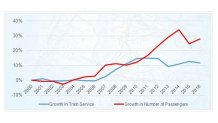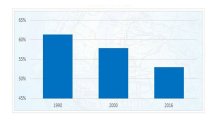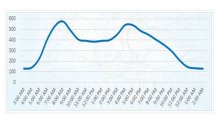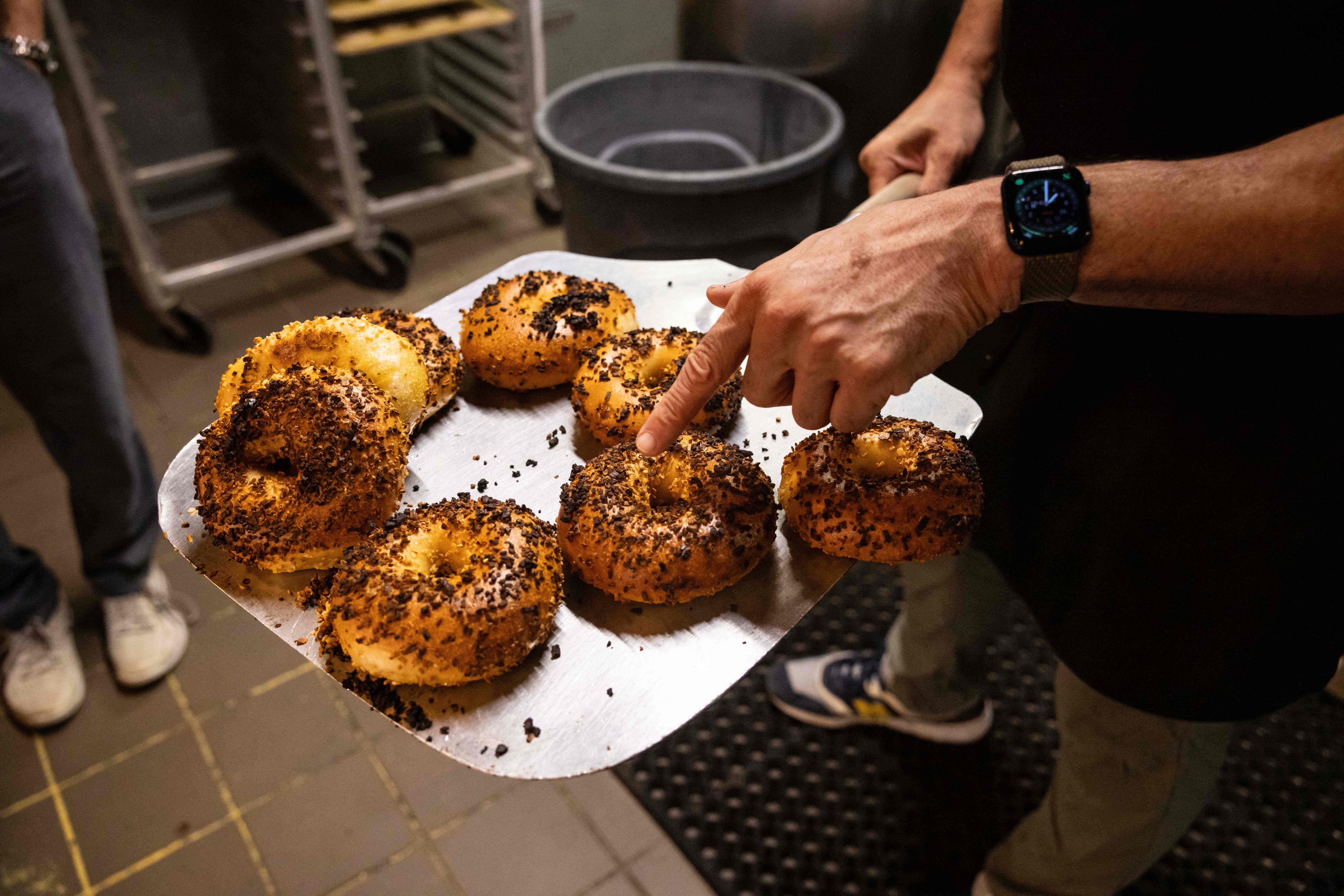What to Know
- There's been a sharp increase in the number of late-night and early-morning commuters in recent years, but subway service has not kept up
- The MTA runs less off-peak trains even though demand for these trains is rising significantly faster than demand for rush-hour trains
- The wait for late-night trains is more than 10 minutes a majority of the time, causing hourly workers to lose pay
The quality of subway service plummets before and after the traditional 9-to-5 work hours, with far fewer trains running late at night and early in the morning, even as off-peak ridership soars, a report released Friday says.
The “Left in the Dark” report by Comptroller Scott Stringer says the MTA has failed to respond to a surge in ridership in off-peak hours over the past decade – leaving riders to wait longer for more crowded trains.
“New York City’s millions of service sector workers are being left in the dark by a subway system that isn’t just deteriorating during rush hours, but fundamentally failing to meet the needs of those who commute early in the morning and later into the evening,” the report reads.
According to the report, subway service drops 80 percent in the late-night hours even though 57 percent of all job growth in the city over the past decade has been in the health care, hospitality, retail, restaurant and entertainment industries, whose workers are much less likely to work a traditional 9-to-5 job.
In fact, the report says, the number of off-peak commuters has grown by 39 percent over the past quarter-century, while the number of “traditional” commuters has grown by only 17 percent, meaning the demand for off-peak service is rising significantly faster than the demand for rush-hour service.

In 1985, half of the daily ridership into the Manhattan central business district occurred during the “traditional” hours between 7 a.m. and 9 a.m. By 2015, it had dropped to just 28 percent.
The expansion of the city’s service sector, along with a growth in tourism and changing lifestyles, has led to a sharp rise in early morning (5 a.m. to 7 a.m.) and late evening (7 p.m. to 11 p.m.) commutes, the report says. Nevertheless, the MTA runs 60 percent fewer trains from 5 a.m. to 6 a.m. and 38 percent fewer trains from 9 p.m. to 10 p.m.

The resulting service issues are stark. During the early morning, only 43 percent of train lines have wait times of less than 10 minutes and zero have wait times of less than five minutes, according to the report. In the evening, under half of subway lines have wait times of less than 10 minutes and only 10 percent have wait times of less than five minutes.
Stringer says that while rush-hour commuters are “packed into subway cars like sardines,” off-hour commuters “are stuck with a crisis not of overcrowding, but of infrequency.”

When the next late-night train arrives is critical for second-shift workers like Shanica Jefferson, of Flatbush, who said she’s tired of the endless waits.
Local
“I guess they don’t really care about the commuters,” Jefferson said. “I get off at like 11, and at that time trains run local, and it’s like one train every 20, 25 minutes.”
Stringer says working class New Yorkers are the hardest hit because they’re losing hourly income as they wait for trains. He says immigrants and people of color are also more likely to feel the effects of the poor service.
“This is a management failure,” Stringer said. “This is not understanding the New York economy.”
But while Stringer blasted MTA leadership, he called on the City to pay more for subway improvements, including $400 million that Gov. Andrew Cuomo has demanded for the $800 million Subway Action Plan.
In response to the report, the MTA told NBC 4: “We appreciate the Comptroller's continued calls for the City to fund its half of the Subway Action Plan. The challenges of running a system 24/7, 365 days a year are well known – and not done anywhere else in the world. We balance round-the-clock service, safety and critical repair work towards the singular goal of a better subway system for all New Yorkers.”



